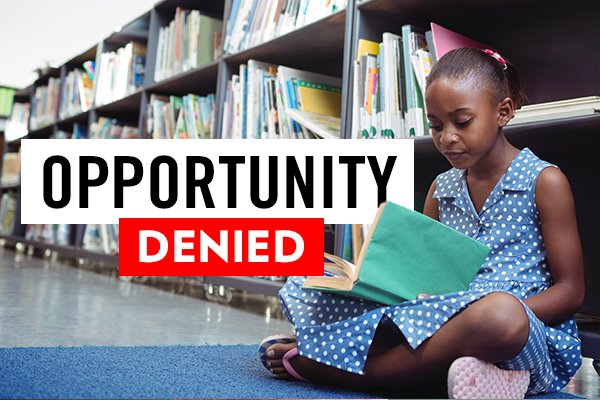Media

Pennsylvania’s Opportunity Gap
As highlighted in a recent CF report, 50 percent of student tax credit scholarship applications since 2012 have been denied due to program limits. “In 2016-17 alone, almost 53,000 scholarship applications were denied.”
Graphic:Tax Credit Scholarships FY 2016-17
But even more disturbing is how children from low-income families are disproportionately impacted by the scholarship supply problem. The Opportunity Scholarship Tax Credit (OSTC) program caters to students in the bottom 15 percent of school districts. These areas generally experience higher poverty rates, with 92 percent of students in OSTC schools on free and reduced lunch programs, compared with 42 percent in non-OSTC schools.
While roughly 50 percent of tax credit scholarships are rejected overall, 64 percent of OSTC applications are rejected. In other words, the ratio of rejections to scholarships granted approaches 2-to-1.
The kids most in need—those with the fewest alternatives—are hit the hardest.
The kids most in need—those with the fewest alternatives—are hit the hardest.
So where are OSTC scholarships most in-demand? According to state data, most OSTC donations are received in Philadelphia, Delaware, Montgomery, and Allegheny Counties.
Graphic: SO Tax Credit Contributions by County
Philadelphia, in particular, has a reputation as a charter-rich area. One might conclude that most Philly students have multiple options at their disposal. Yet, a recent project on Charter School Deserts reveals many families in Philadelphia and beyond are desperate for educational alternatives. These areas have “poverty rates above 20% and no charter schools,” thus emphasizing the need for scholarships.
According to PEW Charitable Trusts, “In the 2016-17 school year, poor students were more likely than the nonpoor students to attend public schools—both district-run and charter—with low achievement scores. Seventy-five percent of poor students went to schools that received the lowest achievement rating of 'intervene,' compared with 59 percent of those who were not poor.”
Essentially, students in places like Philadelphia and Harrisburg are trapped—by zip code—in underperforming schools. And the lowest income families tend to have the fewest opportunities.
That’s why we must empower parents to choose the best option for their child, whether through open enrollment, education savings accounts, charter schools, or tax credit scholarships.
Raising the limits on tax credit scholarships offers the most immediate, transformative change for Pennsylvania students. Proposed legislation in the Senate and House would resolve the scholarship supply problem by annually increasing tax credit caps by 25 percent if 90 percent of available credits are used.
Why is school choice so important? Because every child deserves a high-quality education and the opportunity to thrive.